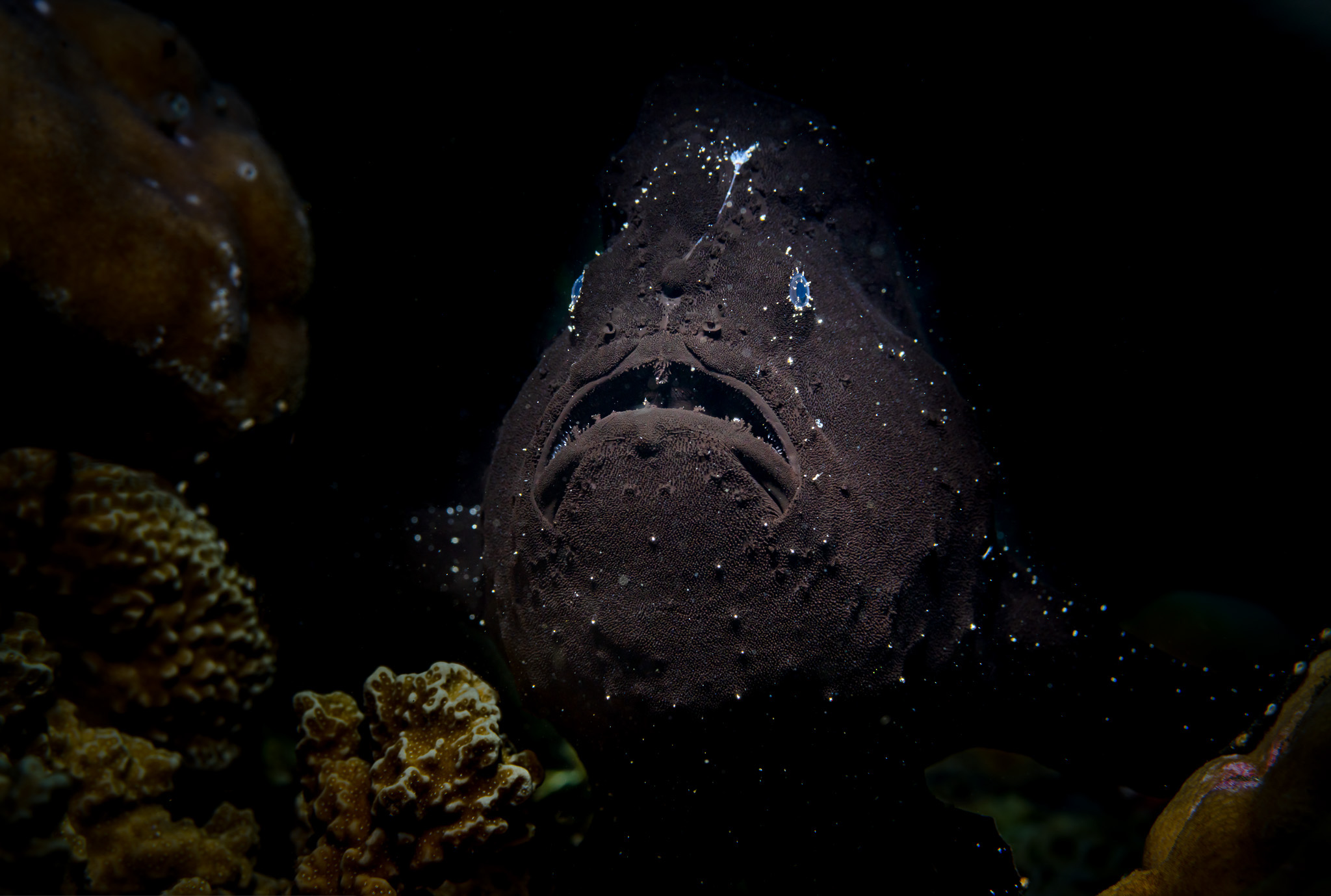I am looking to purchase a 3D printer as a hobbyist, not for any commercial use. I have limited options with local 3D printers but that’s good as they’re mostly cheaper low end printers so I can look at them thoroughly.
When I’m comparing the different 3D printers I’m mainly looking at the following: Cost, nozzle diameter, layer height, volume, and viable filaments.
My question is, is there anything else I’m missing? Are there important things I should be considering or avoiding?
Different printers have different resolutions but for my purposes it looks like they’re all highly accurate and way past what I need. Not worried about speed either. They all mention bed and nozzle temperatures but I assume they are all within the necessary range for the filaments they allow right? So does it matter?
Also, any advice for maintenance? How to make it last as long as possible any mistakes I should be wary of. Thanks.
If your options are limited, it might be helpful to list them.
What matters :
- Auto calibration of Z-offset (multi-points). Your bed will warp with time and you don’t want to fight with it.
- PEI magnetic bed. You don’t want to fight with your things not sticking to the bed - or sticking too much. You may still have issues but less.
You will be happy with this as a cheap starter printer around 200$.
After some time, you may want to print bigger things, faster, and with ABS/ASA for technical parts. Then you could invest in a bigger printer, faster, hot and with an enclosure for ABS fumes and warping issues. The budget for this is 600-1000$.
Neptune 4 is like $220. I have the pro version but the non pro is very similar if you’re on a budget.
https://www.elegoo.com/products/elegoo-neptune-4-fdm-3d-printer
I’m on the prusa mini as my first printer and it’s done spectacularly well, the few times I’ve needed a bigger bed I’ve been able to segment the parts and glue it back together.
One thing you haven’t mentioned is where your printer will be, mine is in my living space, so noise is a big concern. Placing down a foam pad and then a paving stone under the printer stops vibrations from echoing through the table it’s on. But the bambu printers though amazingly featured for the price, are noisy beasts.
I don’t own Prusas but I migrated from super slicer to prusaslicer and being able to cut models and add locating pegs easily is such a game changer for larger parts
Cost is obviously a big factor. Almost every printer can change to any nozzle size and layer height for just the cost of the nozzle. Print volume is a major limitation, depending on your use case. The filaments it can print will probably be the same across any relatively low cost printers, with the only significant change being direct drive vs. Bowden.
Bed leveling is huge, and makes probably the most difference in print quality on low cost printers these days. If there’s an easy way to tension the belts, that’s a plus. If there isn’t a power switch on the front (or even if there is), a emergency stop switch can be a help, like if the nozzle is running into the bed.
Maintenance varies from printer to printer, generally you’re aiming for tight but not too tight on any belts or rollers. If the pulleys on the motors aren’t preinstalled, use something like loctite blue to fix them in place better.
Also make sure if you plan to buy a printer that it’s got a decent amount of community around it. Running into the same problems with a bunch of other people is a big plus as a beginner, so popular printers are better.
Teaching Tech made a calibration guide website that I’ve had a lot of good experiences with.
If you don’t need a big volume to start then this one:
https://us.store.bambulab.com/products/a1-mini?skr=yesI’ve been printing since the first Replicator and these days you don’t have to go thru all the trouble and learning experience if that’s not your thing. Get something that just works and requires little setup so you can enjoy it and hopefully grow your hobby. Many people buy an ender, get frustrated and then throw it up on marketplace for sale after it sits unused for a while.
How much will you print? Have you looked into print services - there are companies with the expensive printers that will print your parts for you. Since a print is typically overnight or longer this may be just as fast. If something goes wrong with the print it isn’t your problem.
Do you have a budget? Or is it just about making sure you’re getting your money’s worth (so $2000 is fine if it’s 10x better than a $200 printer)?
Since I have a limited selection locally it’s all within budget anyways, nothing’s much higher than 1k usd.
It looks like the cheaper ones are gonna be a better option (since all the printers have similar specs), but I’m looking for any unique features I should watch out for. They all mention stuff like photoelectric filament sensor or Lidar or AI camera, its a bit overwhelming and i’m wondering if it’s all just fluff or should i take it into account?
For less than 1k you can get a brand new bambu lab p1s. I dont have it but its recommended a lot (not open source tho).
Features:
- Nozzle size (doesnt matter, better check how difficult is to replace the nozzle)
- Max bed temperature and max nozzle temp defines what materials you can print
- Mechnics - coreXY is probably better than cartesian (less moving mass for faster printing), smooth rods and rails are better than wheels
Camera is fun to have, but all other AI crap is not necessary for sure. For 1k I would expect printer that prints great even without automatic bed leveling (not sure is there any without one today)
Maintanence:
Clean the printer at least once a month, relube rods with sewing oil and threaded rods with grease
I have an AnkerMake M5 and after having to fight with a Monoprice Select for years, the M5 is a revelation. It’s not cheap but it goes on sale pretty regularly, and it’s been stunningly reliable and consistent. I used to have to babysit the first few minutes of every print on the Monoprice but now I just fire off a print and come back later. It has automatic bed leveling, magnetic PEI bed plates, great repairability, and a decent app.
The “AI camera” aspect is so far a dud with too many false positives, but being able to stream the camera from the app and view a Timelapse to see how a print failed are nice features for a printer of this price.
It’s not necessarily fluff; features do matter, but which ones matter and how much they matter is complicated. Do you want to tinker with a printer, or do you just want a tool that works?
If you want a tool, I recommend a Prusa or maybe a Bambu. My Prusa just does what I ask it to; I’ve done zero calibration, optimization, tweaking, etc. Cheaper printers often require understanding bed leveling, figuring out how to adjust them best, etc. or vary more copy-to-copy (so one Ender 3 might work great, while another might be a source of frustration) or require upgrades to really become enjoyable.
Keep in mind that you can nearly always modify a prinyer after you purchase it. Lidar is going to be hard to add on after the fact, but IMO is unnecessary. There are tons and tons of camera monitoring systems you can use. You can also add filament runout sensors, spring steel beds, better part cooling, an enclosure, a direct dribe extruder, basically anything extruder related, etc.
For your purchase, I would look at a printer that is either set up the way you want out of the box or has the physical characteristics you want, since some of those are going to be harder to modify.
- build volume. Think about this in all three dimensions
- heated bed. I would personally avoid printers without a heated bed
- do you want a CoreXY, delta, or cartesian?
- a rigid frame
- a high quality motion system. You can swap between rollers, rods, and linear rails, but doing so is a pain
- mechanical bed leveling is a huge quality of life thing. Many printers that advertise auto leveling can’t actually level the bed relatively to the gantry the extruder rides on
Honestly, I started with an Ender 3 for less than $200 and it’s just fine. You’ll have to calibrate and fight with it for a bit, but once you get it running it’s just fine.
We jumped in with 5x of the ender 3 s1s. I can’t recommend them enough. After very little calibration and upgrading to a pei bed, they ran flawlessly for ~18 hours a day for 2 months straight.
Check whether they mention heated bed. And if they do, check the max temperature. For example PETG prints the best at 85-90°C for the bed. For example the A1 sounds really great with all the specs, but the maximum bed temperature of 100°C immediately disqualifies it for me.
90-100°C is the sweet spot I’d go for a cheap printer. Otherwise you’re basically down to only printing PLA.
Totally agree on making sure it has a heated bed. That’s said in my experience 85-90 is a smoking hot bed for PETG. On my unenclosed i3 clone I would run 75. On my enclosed Voron I run 70.
I’m going off information from Prusa knowledge base:
Recommended bed temperature: 85 °C for the first layer, 90 °C for the other layers
This is fair. I ran into all kinds of quality issues with my bed that hot. The glass temperature of PETG is 85 C.
Check that it works with Klipper!
The convenience and control Klipper provides is phenomenal. You don’t have to use it if it turns out you dont like it, but I feel like ruling it out as an option now would be a shame.
I would also point out that you should not be put off by the “official” supported printers list for Klipper, a bit of Googling will often turn up some mini projects where people are actively working on supporting the printer with Klipper before the main project gets round to adding official support.
No matter what printer you get,
I recommend avoiding any printer designed to move the bed in the Y-Axis.
It’s an old design prior to CoreXY and it isn’t needed anymore, and has a lot of cons compared with no pros.
Swap X and Y motors cables, rotate the printer 90 degrees and you’ve got a bed moving in X-direction. Problem solved 😎
One pro is that it’s mechanically much simpler and due to that, cheaper.
I am somewhat inclined to agree, but most budget entries usually have a moveable bed. It all comes down to OP’s aspirations and budget.
Bed slingers. Like the ender 3 series.
I’ve had my bed slinger for 3 years now and completely agree. CoreXY is the way to go.
I’ve had a couple: a cheap Anet A8 clone, and a Prusa MK3. I did ABS and PLA on the A8, and PLA and PETG on the Prusa. My Prusa is now outdated, and I don’t have the A8 anymore. Both printers look the same to a layman. Here’s what I know.
The A8 was dirt cheap. Like $250 cheap. I think the Prusa was about $600 a couple years later. The print size was the same or very close on both, (250x250, 210 high).
The A8 relies on manual bed leveling. It sucked. The Prusa has a magnetic sensor that creates a level map in firmware and adjusts the printhead to follow the warp of the bed automatically for every print.
The A8 has an aluminum bed. It required kapton tape, or gluestick, or some way to get the print to adhere to the bed. I eventually used a sheet of glass with gluestick. The Prusa has a PEI bed, that just works as long as it’s clean.
Both of them have an E3D hotend with interchangeable nozzles using an M6 thread. Not the easiest thing to swap, but pretty simple anyway. The built-in Z-correction on the Prusa only selects for a few standard nozzle sizes (.25, .4(standard), .6, .8, and maybe 1.0). That’s a good range and probably enough. You can also forgo the built-in Z-adjustment and use any number of first-layer calibration models on the internet.
Both of them have a heated bed. And of course heated nozzle. You’ll have to check the temperature ranges yourself and see if your materials match.
You’ll have to select a Slicer program to use with your printer. I used Cura with the A8, and Prusaslicer with the Prusa. It’s up to you if you want to tinker more (Cura) or just print (Prusaslicer). There are so many options here, it’s impossible to touch on them all. This is where you adjust the layer height, and as long as your Z-axis motors can handle the fine adjustments it should be fine.
Neither come with an enclosure, which is something to consider for certain materials. I built one for my Prusa out of an IKEA table, to keep furry family members out of it.
In all, I wouldn’t recommend the A8 as a beginner printer. I had a lot of frustrations with it. Bed adhesion, bed leveling, belt tension. Very few successful prints, but I learned what I wanted for my next printer. The Prusa “just works”, and I’ve had it for 5+ years now. There was also a concern with the A8 setting things on fire. The Prusa firmware can detect temperature runaway and abort automatically.
As a hobbyist, consider how much time you want to spend upgrading the printer. Both of these have a lot of “home-brew” parts on the internet allowing you to add various features (belt tension adjustment, better part cooling, etc.) My MK3 is now an MK3S+, and still going strong. I’m considering if I want to upgrade this to the MK4.
I have to give reddit credit for having some ground rules about this question. It gets asked more and more here and without a basic template it’s usually not possible to really help.
I’d say support, whether it be official or unofficial is a thing you didn’t mention.
Try googling any printer you’re looking at + any random common error (not sticking to bed, not heating up, slicer options, etc…) and see what kind of results pop up and if they look helpful.
Look up parts costs and see how they look and if they’re proprietary or not.
See if there are official maintenance recommendations, etc…,One of my printers is one that has ZERO support from the community and what you can get from the manufacturer is limited and it kind of sucks when I have problems with it.
Enders for all their faults at least have an insane community support (note: in 2024 I would never recommend an Ender 3/5 as a first printer).
My most reliable printer is a Qidi Smart-3 … vendor support has been great and the Facebook groups for it have been good too. The downsides: z-offset is manual & it’s 185x185 which is pretty tiny and it’s a bit of a pain to change the filament.
Upsides: core xy, fast, reliable, klipper
From what I’ve seen though, quality control is hit or miss, but the manufacturer seems to take care of you, so YMMV, mine hasn’t had problems that weren’t self induced.Bambu P1S
For those downvoting, please explain why you disagree so much that you feel the need to downvote.









